Gangotri, in the Indian state of Uttaranchal, is not only a Hindu place of worship as well as a serene natural beauty. Gangotri Dham, at an altitude of approximately 3,100 meters (10,200 feet) above sea level, has weather conditions that change several times a year. Whether the weather can come to relieve or spoil your visit, the role of planning is very crucial. In this in-depth blog, we will look at the weather patterns in Gangotri each month, along with the temperature variation so that you can enjoy the maximum out of your trip.
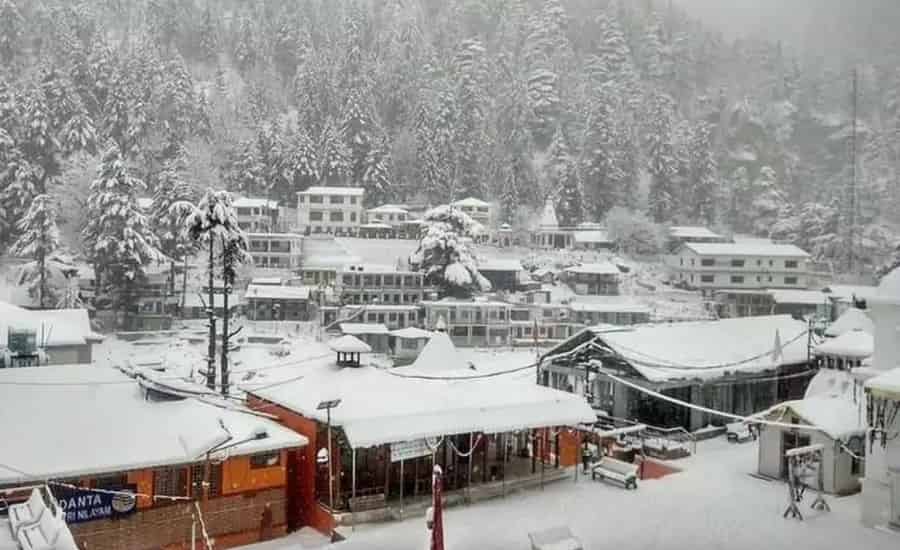
January
The month of January, the winter season, is the coldest in Gangotri. The freezing weather makes its appearance, daytime temperature not exceeding 5°C (41°F), while nighttime can dip to -10°C (14°F) or even lower. Snow covers the region and walking becomes very difficult for people who enjoy trekking and making pilgrimages. Do not forget to pack warm clothes such as heavy jackets, gloves, and insulated footwear during the cold month if you get the chance to visit.
- Average Rainfall/Snowfall: Primarily Snowfall (37 mm)
February
February retains the biting cold of January in all of Gangotri; the temperature fluctuation is nearly the same as in the previous month. Snow is still an infrequent visitor, and the terrain often is covered with blank worn-out snow. Adventurous travelers and trekkers who are willing to endure the accessibility challenges that arise from snow-covered roads and trails are the ones who choose to visit during this time of the year.
- Average Rainfall/Snowfall: Primarily Snowfall (34 mm)
March
The shades of March herald the time for the rebirth of spring in Gangotri. Daytime temperatures now begin to climb, typically not exceeding 7°C (45°F), while nights are frigid, often going down to -5°C (23°F) or even lower. The snow is starting to disappear little by little, and the magnificent landscapes are uncovered as a result. This is a good time for those who long for a quieter retreat and can survive the chill.
- Average Rainfall/Snowfall: Small amount of precipitation, clouds are about 3 inches (111 mm) with regular snow storms.
April
April unfolds the greatest weather changes in Gangotri, as the glacier melts and the temperature rises. During day times, the temperature reaches about 10°C (50°F) -15°C (59°F) which makes it enjoyable for activities outdoors and trekking. The snow keeps on melting, and finally, people start making the pilgrimage as the Char Dham Yatra begins. Unfortunately, even the night can still be cool with temperatures between 0°C (32°F) and 5°C (41°F).
- Average Rainfall/Snowfall: Summer is the season of low to moderate rainfall with an average of 68 mm (around 2.68 inches) while snowfalls occur occasionally.
May
May is the best time to visit Gangotri for people who like the weather to be less extreme. During the daytime, the temperatures fluctuate between 59°F and 68°F (15°C to 20°C), which is great for both hikes and pilgrimages. By now, the snow is mostly gone again; the beautiful meadows emerge and reveal the attractive landscape. The cooler nights nevertheless persist with typical temperatures still at 5°C (41°F).
- Average Rainfall/Snowfall: Moderate rainfall (roughly 96 mm), with mostly snowfall.
June
June is when summer hits its apex in Gangotri. Daytime temperature varies between 20 °C (68 °F) and 25 °C (77 °F). Natural weather patterns might make the surroundings very enjoyable. Notwithstanding this, if you want to hike and discover the area this is the right time. Chardham Yatra is already in full swing, and a significant percentage of yatris are going to Gangotri this month.
- Average Rainfall/Snowfall: 50-150mm of rainfall is observed throughout the year.
July
Gangotri receives rain during the monsoon season which happens in July. Even though the temperatures remain mainly moderate, ranging from 18°C (64°F) to 23°C (73°F), the region is witness to heavy rainfalls. Such kind of long rainy periods cause landslides and roadblocks, so this, for sure, is not an easy time for drivers. Pilgrims must be prudent and keep themselves informed about weather forecasts.
- Average Rainfall/Snowfall: Monsoon season with heavy rainfall (225 mm).
August
August is still the monsoon season in Gangotri. The rain is so intense that it never changes daytime temperatures. The risk of landslides in the trails makes trekking and outdoor activities hazardous during this time. The pilgrims must also be careful while traveling to Gangotri.
- Average Rainfall/Snowfall: The monsoon season with high rainfall (208mm).
September
The monsoon season in Gangotri is over by the end of September. The moderate showers will cease, and the weather will become more and more stable. During the day, temperatures range from 15°C (59°F) to 20°C (68°F) on average, which is very comfortable for travelers. In September, the Char Dham Yatra season ends, hence it becomes appropriate to come in search of a tranquil pilgrimage during this period.
- Average Rainfall/Snowfall: The monsoon rain persists with the accumulation of substantial rainfall (about 144 mm).
October
The month of October in Gangotri represents the beginning of the autumn season. Temperatures begin to fall during the day, reaching 10°C (50°F) to 15°C (59°F), and nights get even colder. The scenery starts to turn into different colors as the trees shed their leaves. What a blessing for hikers and nature buffs!
- Average Rainfall/Snowfall: The decline in rainfall becomes more gradual (79 mm) in the months that follow.
November
In Gangotri, the winter season starts to arrive during November causing chilly winds to blow. The daytime temperature varies between 5°C (41°F) and 10°C (50°F), but the nights are much colder, sometimes falling below freezing. The snow may fall initially in higher altitudes, making it unsuitable for travelers.
- Average Rainfall/Snowfall: Low to moderate rainfall, followed by flurries of snow (around 25 mm).
December
December in Gangotri is like a return to the very center of the storm of winter. The daytime temperature is still cold with an average being 5 ° C (41 ° F), while the nights become bitterly cold, dipping down to -10 ° C (14 ° F) or below. The area is covered in snow again, making it hard to get around for people. Only the most intrepid dare to travel during this time.
- Average Rainfall/Snowfall: Little rainfall, usually snowfall (25 mm).
Gangotri has amazing weather which changes a lot during the year. The best time to visit will be reliant on your interests and the things you have planned. May to September would better suit lovers of such pastimes as outdoor activities or milder temperatures. On the other hand, if you’re looking for a spiritual journey and are not bothered by the cold, you should plan the pilgrimage during the colder half of the year. As you prepare for your trip, do not forget to read weather forecasts and road conditions beforehand to ensure a safe and marvelous visit to this magnificent place.



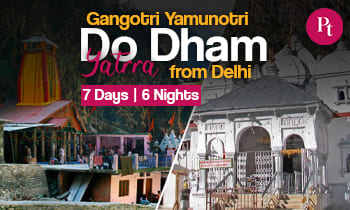


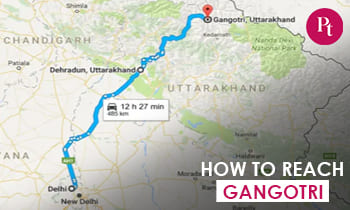
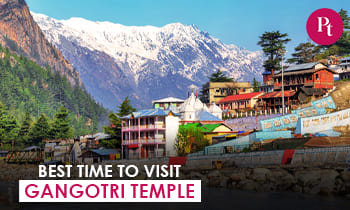

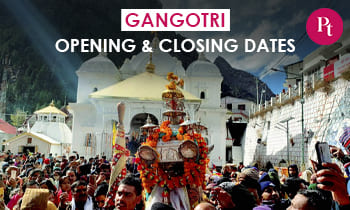
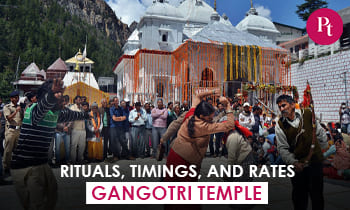

 Call
Call WhatsApp
WhatsApp Enquiry
Enquiry